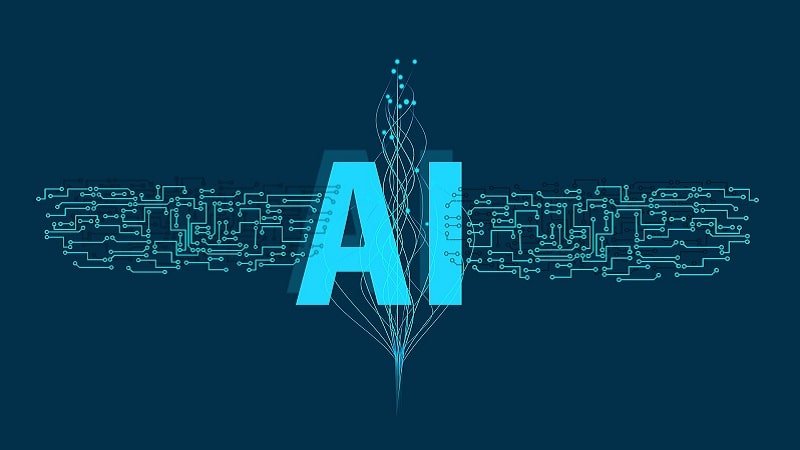A Future With AI and ML: The Power of Workforce Education

In today’s digital age, it’s clear that artificial intelligence (AI) and machine learning (ML) will be a part of all digital transformation journeys – including those of government.
In fact, the Federal government was projected to spend $3 billion on AI and ML technologies in 2021 and planned to invest more than $6 billion in AI-related research and development projects, according to a report by Bloomberg Government. We are even seeing the General Services Administration’s AI Center of Excellence and the Pentagon’s Joint AI Center (JAIC) speed the adoption of AI technologies by civilian and defense agencies.
However, a critical part of the implementation strategy for these technologies is frequently overlooked: workforce training and education. With new technology comes the transformation of employee roles, which requires new skills and training.
AI/ML in Government
AI and ML have the power to help enable government agencies to be more effective and efficient.
The technologies can be used to automate processes, such as the management and optimization of cloud usage. The ability to scale capacity and workloads in response to changes in demand is a significant advantage of cloud computing. AI/ML simplifies the adoption of multi-cloud strategies, empowering more than one public or private cloud. A multi-cloud approach gives agencies more flexibility on which cloud services to use and the ability to innovate across clouds.
AI and ML can also be used to enhance the role of workers. IDC researchers predict that 85 percent of enterprises will combine human expertise with AI, ML, natural language processing and pattern recognition to augment foresight, making workers 25 percent more productive and effective by 2026.
In addition, automation technologies and predictive analytics are increasingly viewed as a matter of national security. The Senate’s FY2022 appropriations framework, released in October 2021, includes $500 million for AI programs across all military branches, plus $100 million for the Department of Defense to help recruit, retain and develop talent to advance use of AI.
Communication is Key
When it comes to implementing technologies like AI and ML, workforce training and education is critical. As with any new technologies, people need training to understand the power of AI and ML and rapidly adopt the technology for low level repeatable tasks.
To cut through assuage worker fears, government IT leaders must include people, processes, and technology when considering innovation across the agency. By communicating across all levels, leaders can more effectively help employees understand how their day-to-day tasks will be impacted by new technologies, and while having the workforce focus on more complex tasks.
Before and throughout the rollout of new technologies, IT leaders must ask themselves questions like: “how can we communicate the benefit of this technology” and “how does it improve the employee experience?” This will not only help people understand what these new technologies mean for them and their jobs – it will speed up the adoption of AI and ML in government so that agencies can more quickly deliver their benefits to taxpayers.
It’s Time Federal IT Leaders Pave the Way
Artificial intelligence and machine learning are poised to transform how the government operates and delivers services to citizens. But it won’t happen if IT leaders don’t take steps now to pave the way. The Senate’s recent passage of the AI Training Act, a bipartisan bill aimed to strengthen Federal employees’ AI knowledge and skills, is a significant step forward to help the public sector discern which systems are helpful and understand basic AI/ML functionality.
Now is the time to make sustained investments to create public sector models that promote innovation and support the upskilling and reskilling of workers across levels to understand the technology and use it efficiently. Improving outcomes for future acquisition solutions requires collaboration and communication between the private and public sectors. With the right communication in place, government employees can more quickly adopt AI and ML to enhance their roles and deliver better services to citizens, faster.
